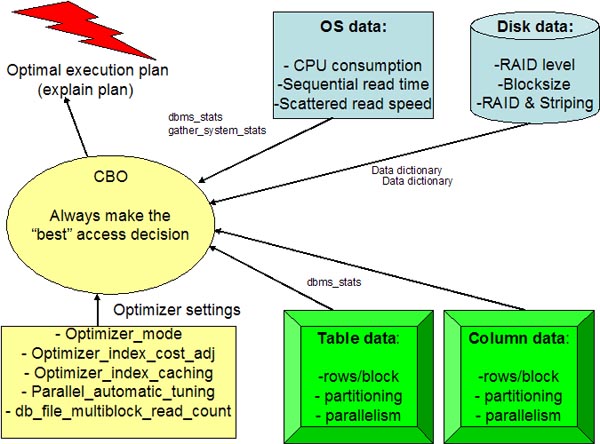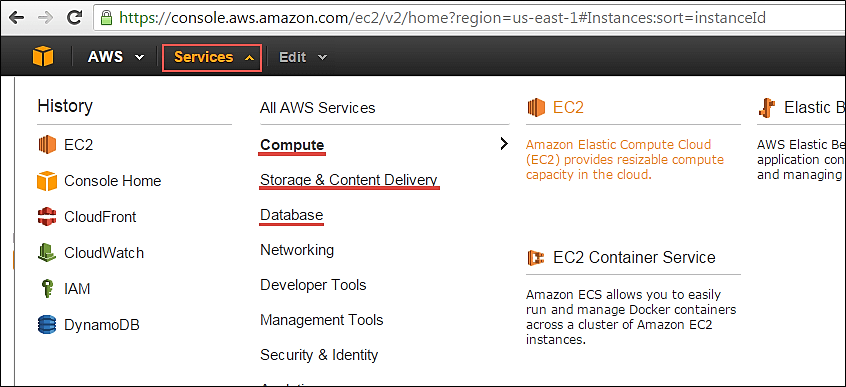Oracle Restart – new in 11g R2
Similar to the clusterware processes in a RAC environment, in 11g R2 even for a standalone instance, functionality is now available to automatically restart components like the database, listener, ASM diskgroup, service etc in the event of their failure.
This feature is called Oracle Restart and it runs out of the Grid Infrastructure home which is separate from the database home.
Oracle Restart is managed by CRSCTL utility and it uses Oracle High Availability Services to start and stop the components managed by Oracle Restart.
Using Oracle Restart, we can stop or start all the components running out of a single Oracle Home with a single srvctl command as well as Oracle Restart will automatically start all components on machine reboot in the proper order taking into account dependencies like ASM instance and the managed database instances. So no more do we have to use the dbstart and dbstop scripts to manage this.
Oracle Restart can be extended to Data Guard configurations as well by integrating with Data Guard Broker to manage the start and stop of database services following a data guard role transition.
Let us examine some of the srvctl commands which can be executed in a single instance environment as well as see the use of the crsctl command – normally previously only used for RAC environments.
In case a process dies unexpectedly, Oracle Restart will automatically start the process. In the example below, we kill the PMON process of the ora11gr2 instance and find that in less than 5 seconds the instance has been restarted by the Oracle High Availablity Service running in the background constantly monitoring the health of the managed components.
In this example we stop all the components running out of a particular home by executing the srvctl stop home command. After stopping the database home, we find that only the ASM instance is running as it is managed by a seperate home which is the Grid Infrastructure home. After the database home is started, the database instance ora11gr2 also is automatically started.


